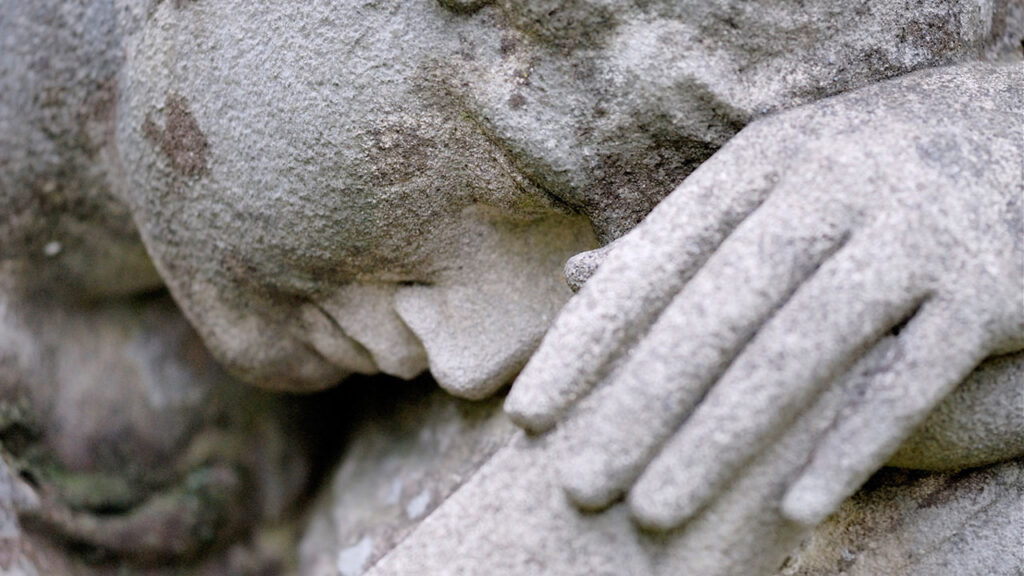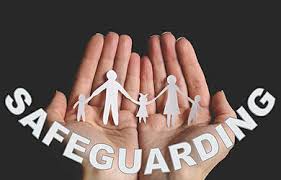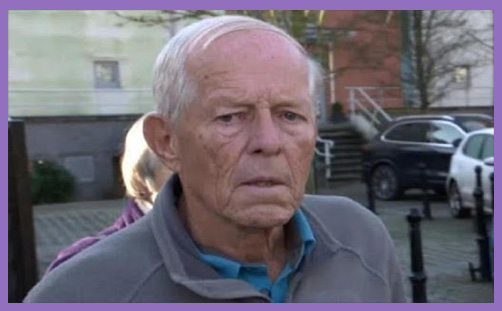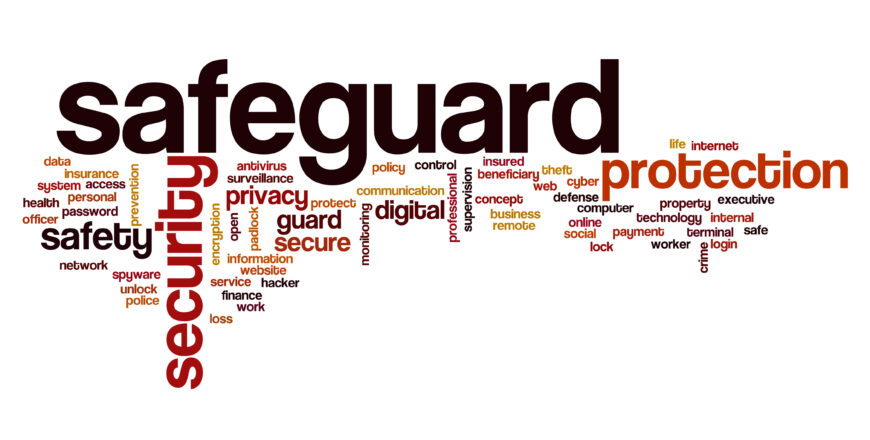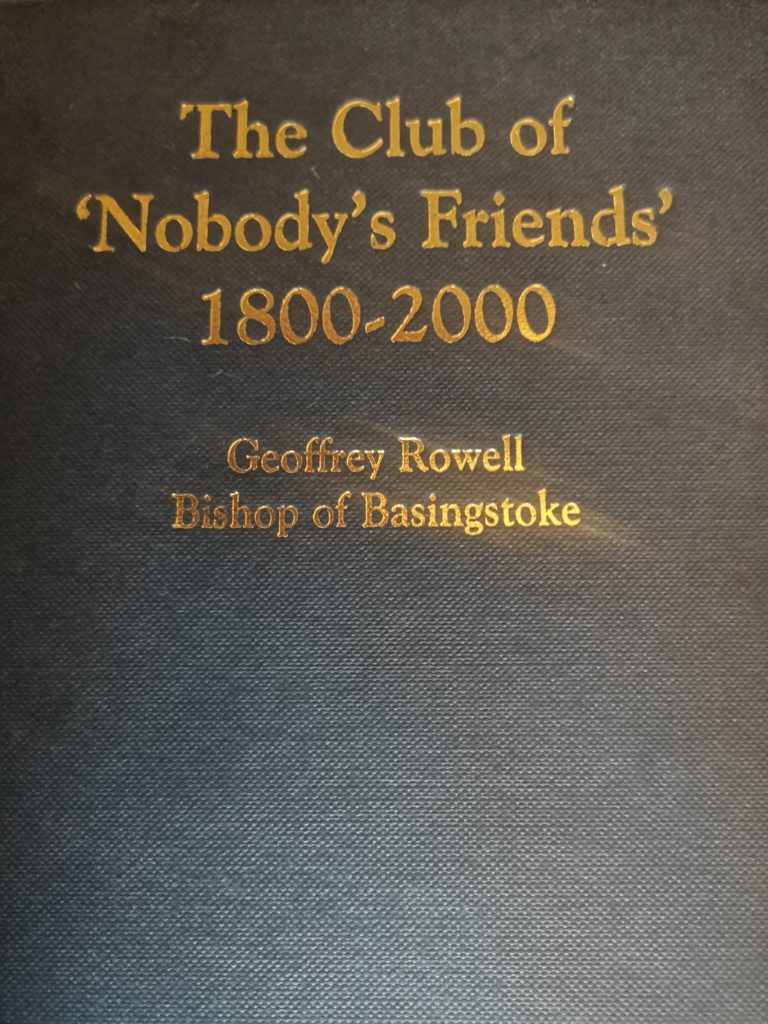
By Anon
Secrets and Lies is a 1996 drama film written and directed by Mike Leigh. The running themes include class, betrayal, ethnicity, sight (yes, there is even an optometrist in the movie, to underline the irony), cover-ups, abuse, and the eventual emergence of truth. When it all comes out, there is a day of reckoning. There has to be.
We know that the Church of England’s hierarchy – and by that, we mean Lambeth Palace and the Archbishops’ Council – are secretive and deceptive, unaccountable and unregulated. A rummage through the General Synod papers over the last five years surfaces more than ten requests for a Conflicts of Interest Policy to be produced, and a Register of Interests to be established that Synod members can inspect.
Jamie Harrison, Chair of the House of Laity, a member of General Synod, and on Archbishops’ Council, has gone so far as to say there are such things – many of them – but “I don’t have them on me at the moment” (to sounds of muted laughter in the Synod chamber).
Is Harrison telling the truth here? Do they exist at all? The Archbishop of York and William Nye, Secretary-General of the Archbishops’ Council, keep claiming they are a “work in progress”. So, they don’t exist. But if they did, you cannot see them anyway. They are secret.
We ask who gains from this secrecy, and what is it that is being hidden? The amount of money spent on and by Church of England lawyers on and by Winckworth Sherwood is one secret. The law firm has juicy contracts with a quarter of CofE dioceses and has an unbroken relationship with Lambeth Palace going back over half a century. That is a tremendous amount of money going to one law firm. We don’t know how much, because William Nye tells Parliament and Synod that it is far too difficult to calculate. Nye is the CEO of this charity.
Questions to General Synod and the Registrar of the Southern Province (Darren Oliver, a Partner of Winckworth Sherwood, and the Diocese of Oxford) will never get onto the General Synod’s agenda anyway. Why? Because the agenda was set by William Nye and had to be approved by Mr. Oliver. Trust, truth and transparency at General Synod? Ah, well, nice try.
A naturally curious person might ask what else is going on. Thankfully, the forthcoming edition of The Journal of Anglican Studies (JAS) is instructive. This is one of only two top international peer-reviewed academic journals studying Anglicanism. JAS (volume 22, issue 2) addresses the colossal crisis of trust and confidence over safeguarding in the Church of England.
The articles are top-notch, the journal is published by Cambridge University Press, and the editorial board is a veritable Who’s Who of scholars and academic experts on Anglicanism. Movingly, the special edition is dedicated to the memory and legacy of Dr. Alan Wilson, former bishop of Buckingham, who died suddenly earlier this year. Alan was a stalwart campaigner for truth and justice in safeguarding and one of the few CofE bishops—perhaps the only one—to ever explicitly side with victims of abuse and survivors.
If you don’t subscribe to JAS, it might be worthwhile for this edition alone. In it, we encounter a forensic analysis of current expenditure on CofE safeguarding, conservatively estimated at £50 million a year. Does this represent good value for money? No, but there is no point in posing the question to General Synod, as it will never make it through the Nye-traps and redacting process overseen by (drumroll, please) some of the principal beneficiaries of the expenditure.
JAS also offers readers a review article, several keynote articles, and an otherwise pathological deconstruction of the secrets, lies, coverups and corruption concealed from General Synod. But as we say, since the beneficiaries – in terms of finances, power and authority – set the agenda for Synod and control its operation, it is no wonder you’ll never be able to get to the truth. There is no transparency, accountability or external professional regulatory oversight. Synod is autocracy and theatre, not any kind of democracy. Gullible, supine General Synod members have no idea.
However, there is a somewhat more worrying aspect of the secrets and lies we think readers of Surviving Church need to be aware of, which is briefly raised in this edition of JAS. In the public domain, it is a fact that the oldest private dining club in London is called Nobody’s Friends. Founded in 1800, Nobody’s Friends is rooted in the High Church tradition, Conservative Party and Freemasonry. It draws its membership from senior clergy, senior ecclesiastical civil servants, church lawyers and other establishment members. Membership is 50-50 clergy-laity. Their motto is Pro Ecclesia et Rege – ‘for the Church and King’. Membership is around 200 persons.
A private dining club that regularly meets at Lambeth Palace is flush with ecclesiastical lawyers and has leading figures from the establishment, maybe above board. But what about the Freemasons?
We want to be clear that we don’t have a particular problem with Freemasonry – the United Grand Lodge of England (UGLE) to give its proper nomenclature. We just think there should be no secrets and lies behind the scenes at Lambeth Palace, Archbishops’ Council or in running General Synod. This seems especially important when a handful of law firms make colossal amounts of money out of the Church of England, and all attempts to ascertain how much is frequently obfuscated by the likely beneficiaries.
Nor do we know, for example, whether those heading up organisations such as Ineqe or Fear-Free, and also in receipt of valuable contracts from the Archbishops’ Council, are just good old friends and former colleagues of some of the most senior hierarchy in Lambeth Palace? Or, if there is more to these arrangements than meets the eye? Is there anything to the relationship between Sir Roger Singleton (ex-NST), Jim Gamble (Ineqe), the Lucy Faithfull Foundation and Donald Findlater? They all seem to be very closely connected. Can we be sure of their “independence”?
Ineqe’s contract with the Archbishops’ Council appears to specifically exclude the ‘Flying Bishops’ and those churches under their care. The Holy Trinity Brompton networks and Conservative Evangelical para-congregations also look to be exempt from the regular and proper safeguarding inspection, assessment and scrutiny processes. In other words, the parts of the Church of England that have perpetrated the most notorious cases of abuse are exempted from scrutiny by a contract drawn up – from inside Lambeth Palace.
The Church of England’s official stance on Freemasonry was set out in the June 1987 York General Synod meeting, which held Christianity and Freemasonry were not compatible. Despite outright condemnation of Church and Freemasonry links, they may still hide in plain sight. (See: https://anglican.ink/2015/06/25/freemasonry-and-the-doctrine-of-the-church-of-england/#google_vignette).
A recent report in the Church Times referred to the “three unnamed retired police officers” who criticise Keith Makin’s report, and said he was wrong, are currently or have recently served with the Church of England’s safeguarding work.
One of the three could be Tony Clarke, a former policeman who has worked at Lambeth Palace in safeguarding for many, many years, and is known to have worked very closely with Winckworth Sherwood and Luther Pendragon in the weaponization of safeguarding against individuals that Lambeth Palace had taken against. Kate Wood also worked for the police, has worked for safeguarding in the Church of England, and is known to have form in the same field. Richard Woodley (ex-Oxford DSA) was a former policeman, and a doughty defender of forged risk assessments. Many DSAs are. So Lambeth Palace seems to be planting misleading and laundering media stories again. (https://www.churchtimes.co.uk/articles/2024/29-november/news/uk/makin-was-wrong-retired-senior-police-officers-say).
Because there is no Register or Conflicts of Interest policy accessible to General Synod members, we can only guess at the freemasonry links. We accuse nobody of anything untoward here. It is true – and in the public domain – that bishops have recently been called out on their freemasonry.
It is in the public domain that current and former police officers are linked to Freemasonry. Some of them might work for the Church now. This raises important questions about the potential for abuses. But what are our concerns here? We have several for noting.
First, we know there are some clergy who are or were openly UGLE members. Some have gone on to high office, but what is perhaps more interesting is those who once worked for them. For example, one recent holder of a ‘top five’ bishopric (i.e., Canterbury, York, London, Durham and Winchester) worked under a well-known Freemason clergyman, and the curate’s subsequent career path looks unnaturally smooth and fast in the light of this. A case of concealment? We cannot know.
Second, there is no single type of clergyperson who is a Freemason. Some are High Church; some are Conservative or Charismatic Evangelicals too. Liberal and Broad Church clergy are also represented in membership. Furthermore, there are Lodges for women, though these are far fewer. How would the question be asked, let alone answered, on the numbers of female or male or freemasons amongst the laity or the clergy?
Third, one has to look carefully at the circumstantial evidence. There can be little doubt that some of the lawyers in Nobody’s Friends are Freemasons. But when a bishop is promoted from one diocese to another, and has a couple of awkward ongoing CDMs against them in progress, yet Teflon-coated-like, gets effortlessly transferred, one might ask if the playing field was ever level and open at this point? (Some survivors, incidentally, believe they know the identity of one of the most senior Freemasons in England, a serving diocesan bishop. We obviously can’t comment further, but a Register of Interests might clear the air).
Fourth, Winckworth Sherwood’s Oxford HQ was close to Apollo Lodge No. No. 357, founded in 1818—the University of Oxford Masonic Lodge. This might be an unfortunate coincidence. The Lodge now meets at the Randolph Hotel, near where the Lodge was. Nobody would ever suspect anything wrong with a black-tie dinner filled with ecclesiastical lawyers. Maybe there is nothing in this at all. However, a Register and Conflicts of Interest policy would help clear doubts.
Fifth, CDM proceedings surely need far greater external regulation and scrutiny, as they sometimes seem to come out with peculiar, if not outrightly perverse judgments. For example, how was Canon Hindley (Blackburn Cathedral) able to escape the possible justice of a CDM over the years when faced with an allegation of “non-consensual sex” (i.e., statutory rape?) with a young man. This disconcerting decision was reached because Sir Mark Hedley, Deputy President of Tribunals, could not be sure if Hindley’s alleged victim was underage at the time.
According to a BBC report, Hedley stated that while “he thought that it could be proved the case involved non-consensual sex, he could not be sure if the alleged victim was 17 or 18 at the time, so the case could not go forward to a tribunal.” Sir Mark Hedley is a member of Nobody’s Friends according to our full and most recent list from 2020.
Sixth, at the same time, we have witnessed clergy who deliberately weaponized safeguarding allegations – even going so far as to forge safeguarding risk assessments – commended in CDM judgments for their “professionalism”, yet also conceding that the evidence for forgery formed no part of their CDM vindication. Such judgment was reached by Lyndsey de Mestre KC (Stephen Cottrell’s Chancellor in York). Her legal expertise lies in property. Cottrell, as he did with the ISB in 2023, has consistently obfuscated and misled General Synod in the case of these forged risk assessments. Perhaps de Mestre’s judgment and Cottrell’s public position s just another unhappy safeguarding coincidence?
Seventh, and finally, the Revd. T. C. Hammond (1877-1961), the erstwhile doyen of Conservative Evangelicalism, author of the infamous In Understanding Be Men (1936, and required reading for the boys at Iwerne Camps), was an Anglo-Irish clergyman, who, in large part formed modern-day Sydney Anglicanism. Hammond was the Principal of Moore Theological College. He was also a senior freemason and Grand Master of the Orange Institution of New South Wales. The charitable institutions he established for orphans and unmarried mothers remain under investigation by Australian authorities. (Naturally, Sydney Anglicans would rather you did not raise such matters).
In conclusion, it would be helpful to know if any currently serving members of the Archbishops’ Council, Lambeth Palace and Church House staff, senior members of committees, Deans, Bishops and others with hugely significant influence behind the scenes are, or have ever been, members, associated with or beneficiaries of UGLE. We certainly think this question should especially be asked of all the legal officers and law firms engaged by the Church of England and those advising in other spheres.
We don’t think this is an unreasonable request for members of the General Synod to press. But we also believe that the supine members of General Synod will continue to be stymied on Registers and Conflicts of Interest policies by the wigs and gowns on theatrical display at Synod meetings, and those who sit behind them, pulling the strings and rigging the agenda. As we say, this is purely the theatre of autocracy and not democracy at all. That raises fundamental questions over secrets, lies, coverups, and probable corruption in the Church of England.
Some readers may feel this article has gone down a rather deep rabbit hole. So, perhaps we can remind readers that freemasonry was explicitly referenced in IICSA proceedings concerning the criminal abuses perpetrated by Bishop Peter Ball. Readers might also want to ask how many of IICSA’s recommendations have been implemented by the Church of England since 2018?
The answer: none. That is despite William Nye assuring IICSA of the good intent of the Archbishops’ Council. The same answer, none, applies to the Jay, Wilkinson, Glasgow and Makin reports. Sadly, you cannot trust any assurances offered by the Secretary-General. Not one word of them.
To make matters worse, victims who repeatedly complain about abuses and injustice continue to receive ‘cease and desist’ letters from expensive London lawyers funded and authorised by Archbishops’ Council. Others have the police set on to them with threats of arrest for harassment.
Finally, we did forward these allegations to senior safeguarding personnel and the Archbishops’ Council several weeks ago. Their response? Nothing much to begin with. But when the letter eventually got a reply, it was acknowledged, that “the wider concerns you raise about Freemasonry, conflicts of interest, [and] Nobody’s Friends Dining Club are largely shared by us.”
Did these individuals want to raise any concerns about forged risk assessments in CDM legal proceedings? Of course not. Let secrets and lies prevail. Truth and justice are far too costly.
However, the reply did promise a Private Members Motion (PMM) at the next meeting of the General Synod that will seek
“to make membership of the Freemasons declarable…and [we will] write to Lambeth Palace asking that Nobody’s Friends (and indeed any similar private clubs with non-transparent membership) should no longer be permitted to meet there and will keep pressing Bishops to decline invitations to join.”
Bishops will resist this. So, will the senior ecclesiocrats at Lambeth Palace. So, watch this space.
Only a Royal Commission can now resolve this debacle. There is no trust or confidence in the Bishops and their advisers. Meanwhile, unregulated, unaccountable, unlicensed, and above the law, the hierarchy of the Church of England will not answer to you or anyone else. It is plagued with corruption. Behold Your Church: a wholly unsafe place, that does as it pleases to you or anyone else, regardless of the harm and trauma caused. It will continue so long as such people remain in power.
